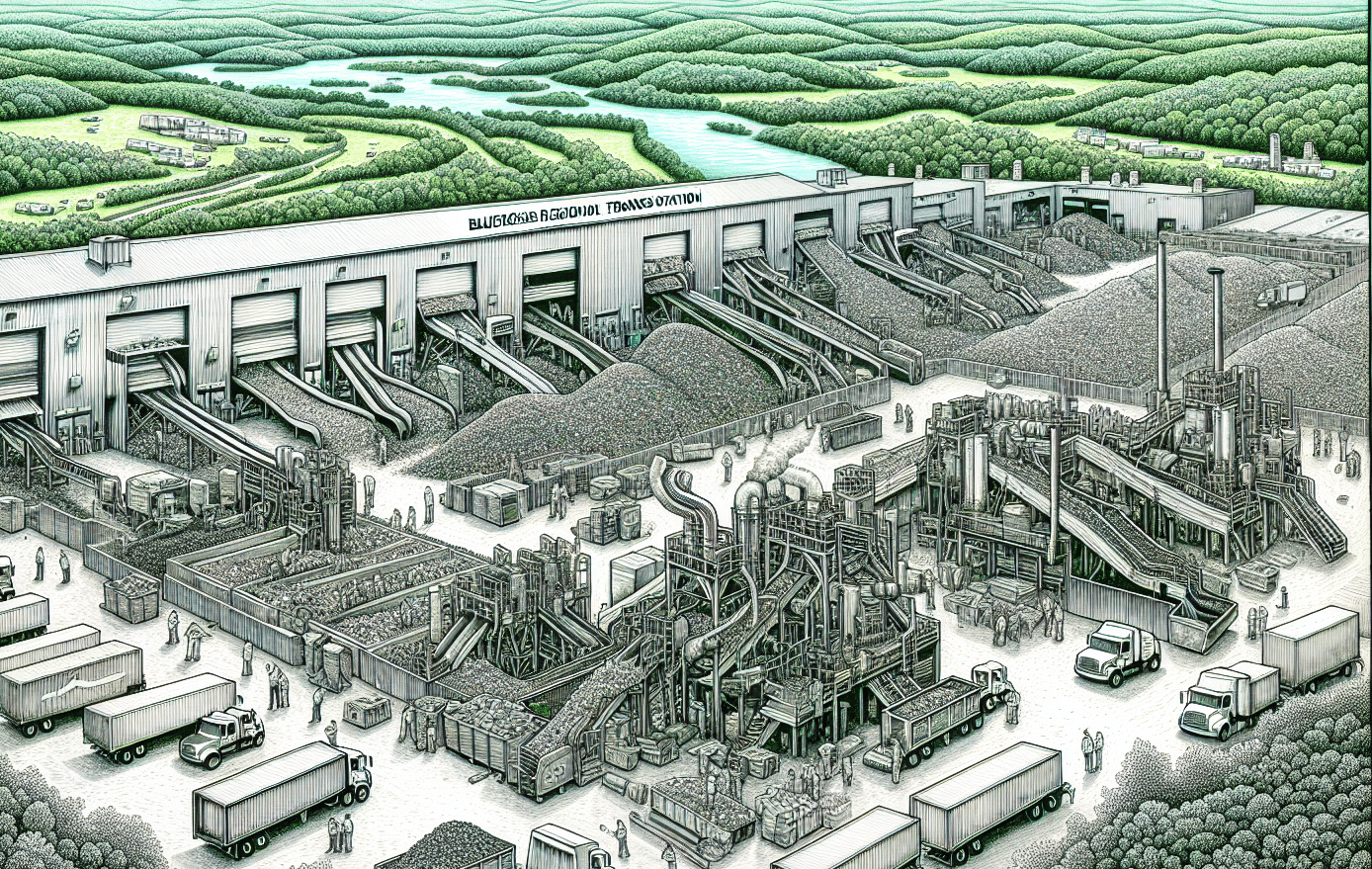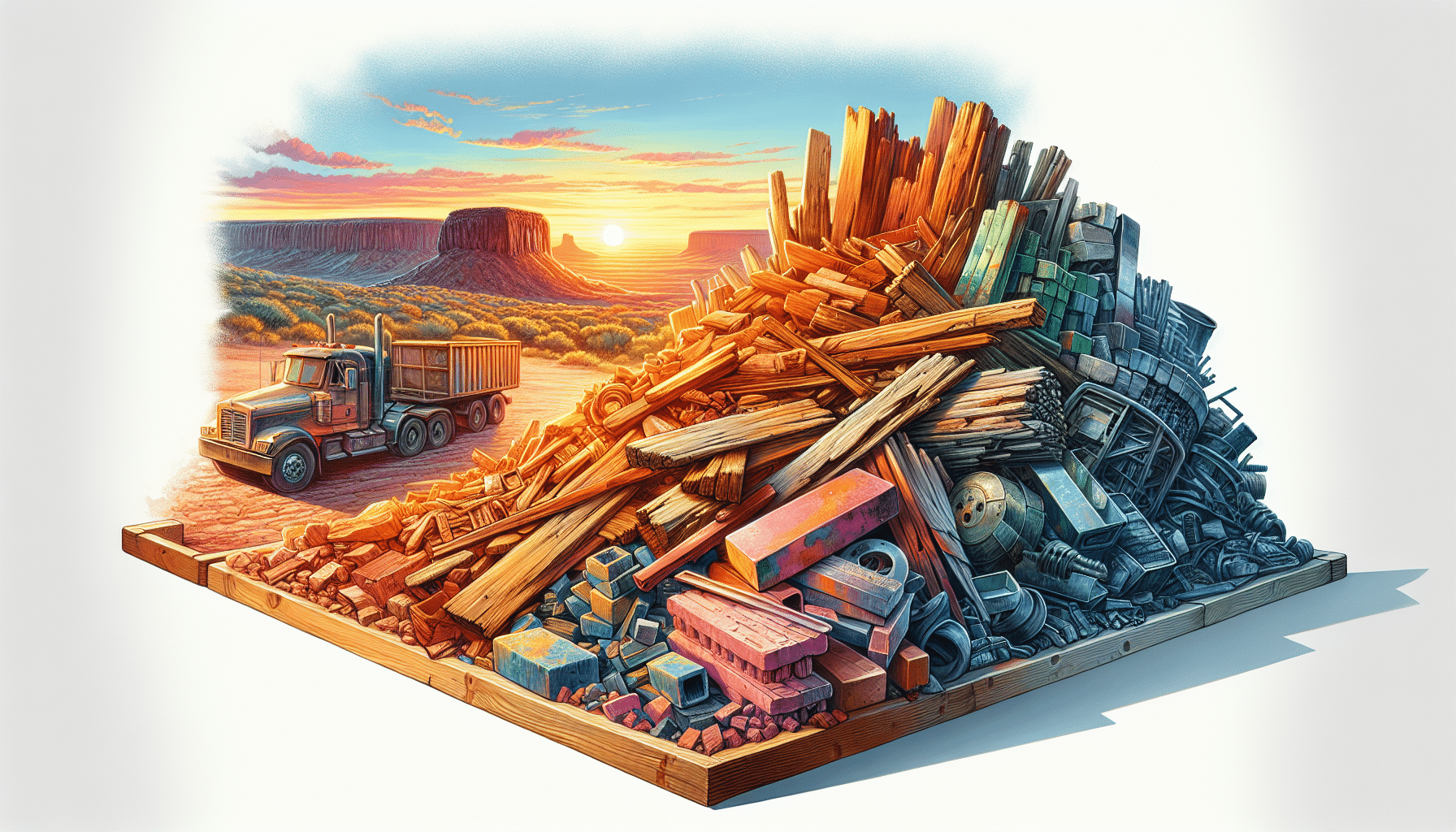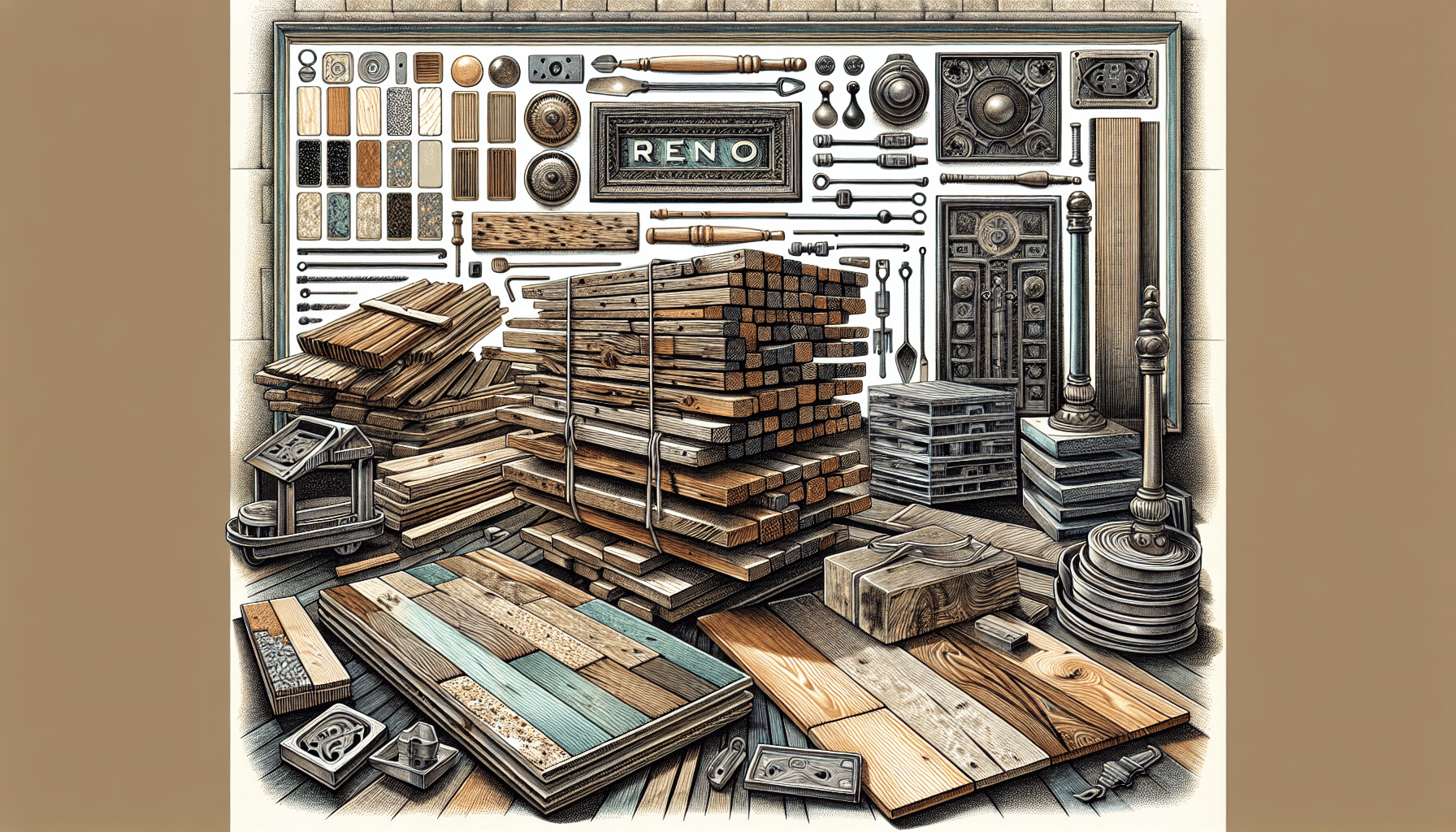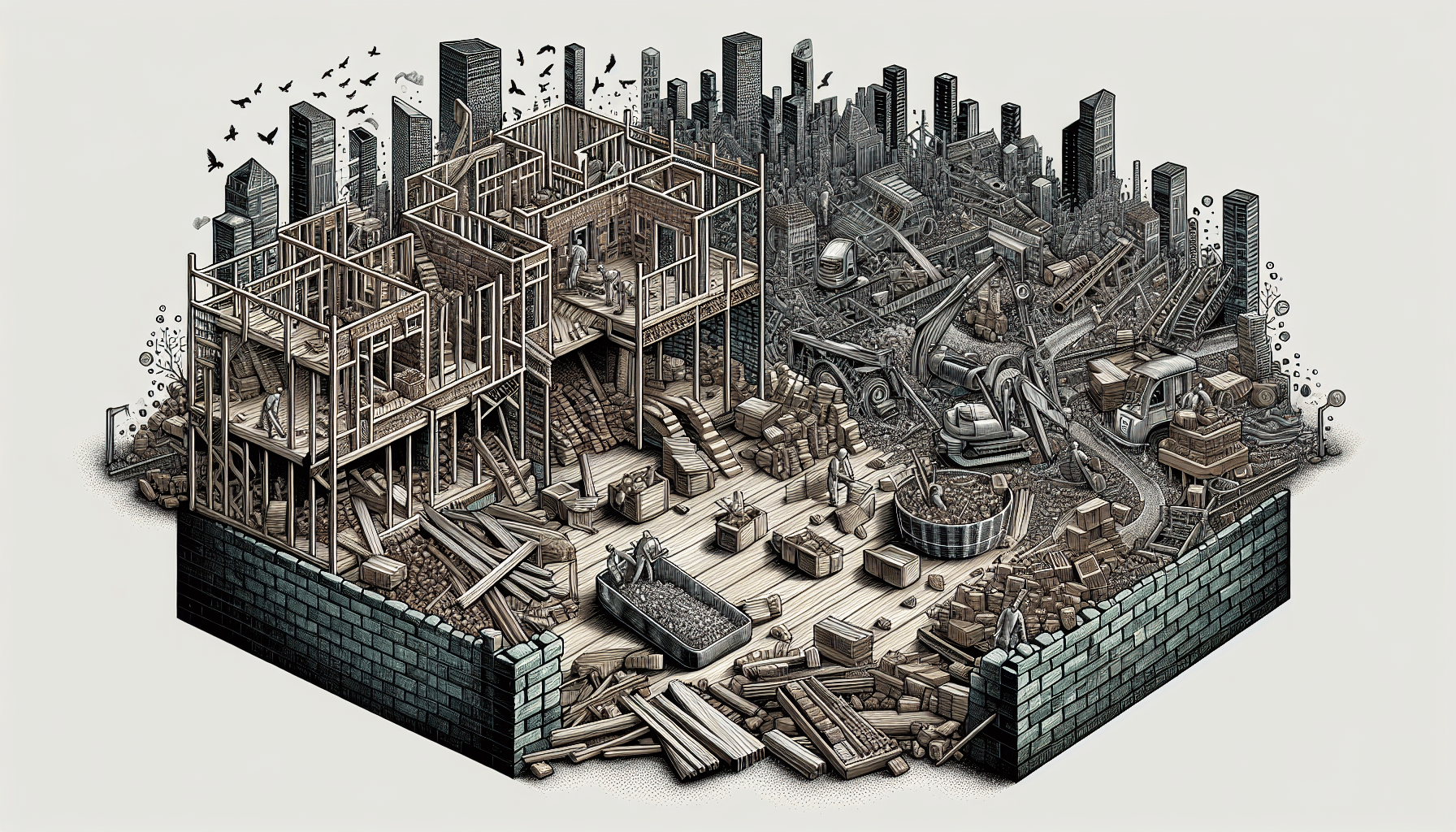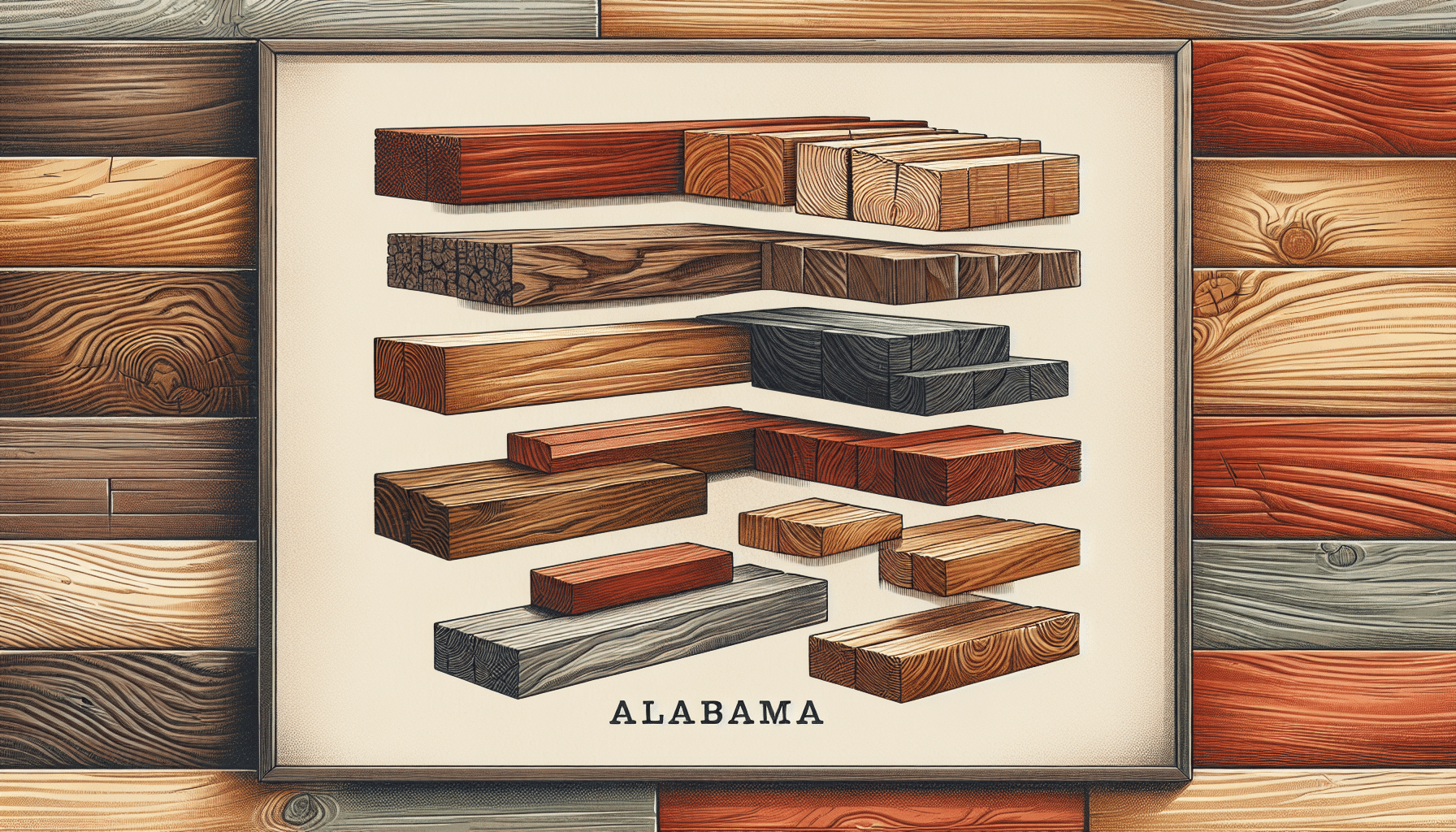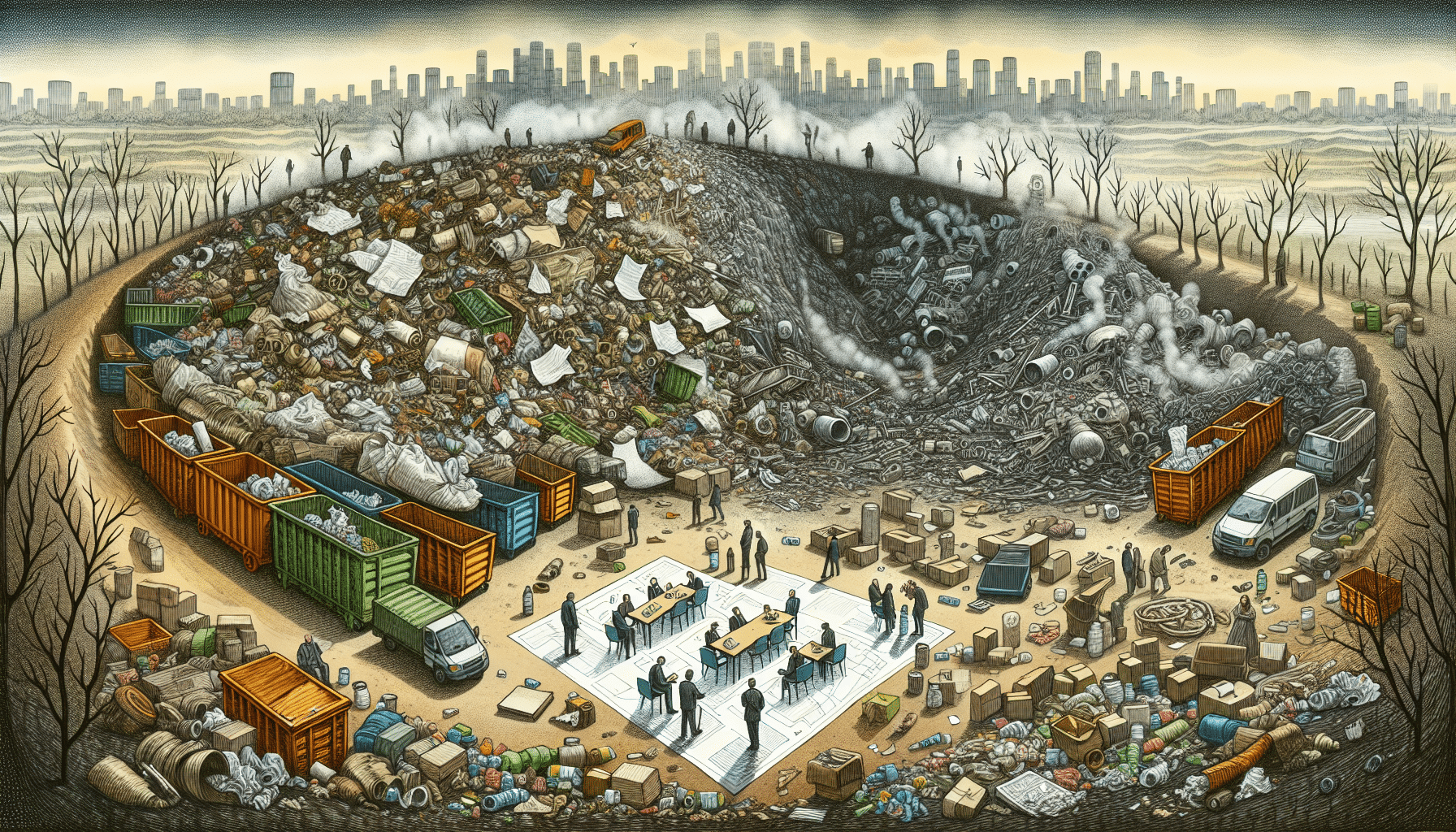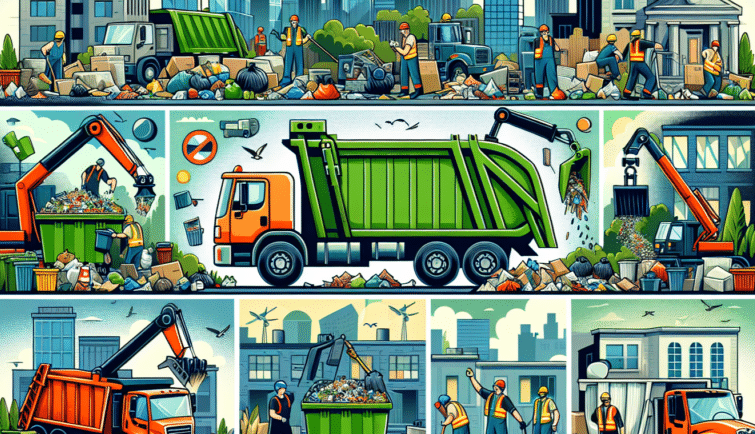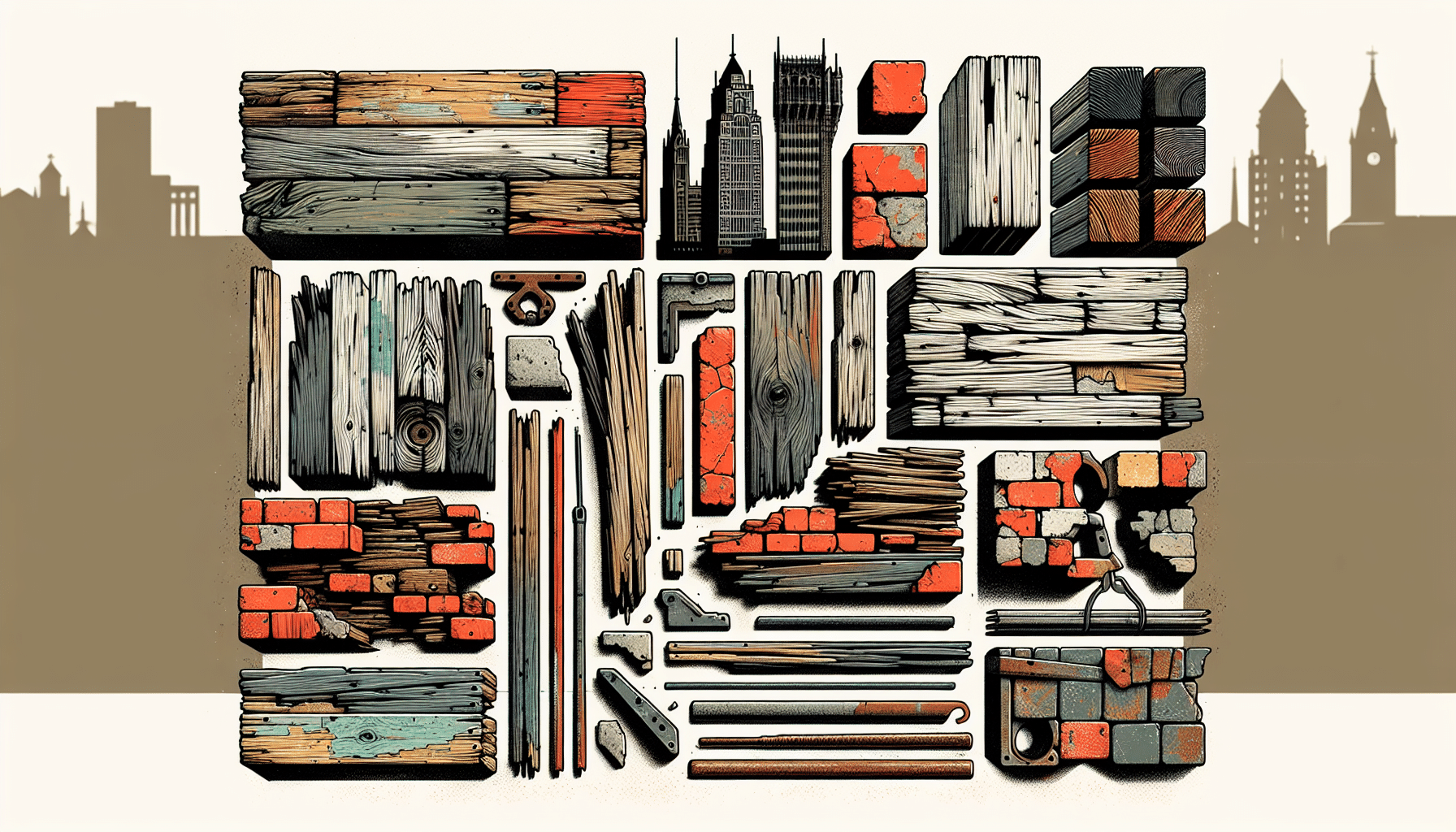A square of shingles is a measurement in roofing that represents the amount needed to cover 100 square feet of your roof. If you’re planning a roofing project, calculating the number of squares required is essential for accurate material estimates. This article guides you through calculating your shingles measurements and explores the types and costs associated with them – streamlining your roofing process from start to finish.
Key Takeaways
- A ‘square’ of shingles is a standardized roofing term that refers to the amount of shingle material needed to cover 100 square feet of roof area.
- Calculating the number of roofing squares needed for a project requires understanding the roof dimensions, complexity, pitch, and necessitates extra material for waste. The chosen shingle type—be it asphalt, architectural, or specialty shingles—affects both the number of bundles needed and the project cost.
- Selecting a qualified roofing contractor is essential, as they can provide detailed written estimates, workmen’s insurance, and warranties to cover both materials and installation quality. It’s recommended to get multiple quotes and understand the terms of warranties offered.
What Is a Square of Shingles?
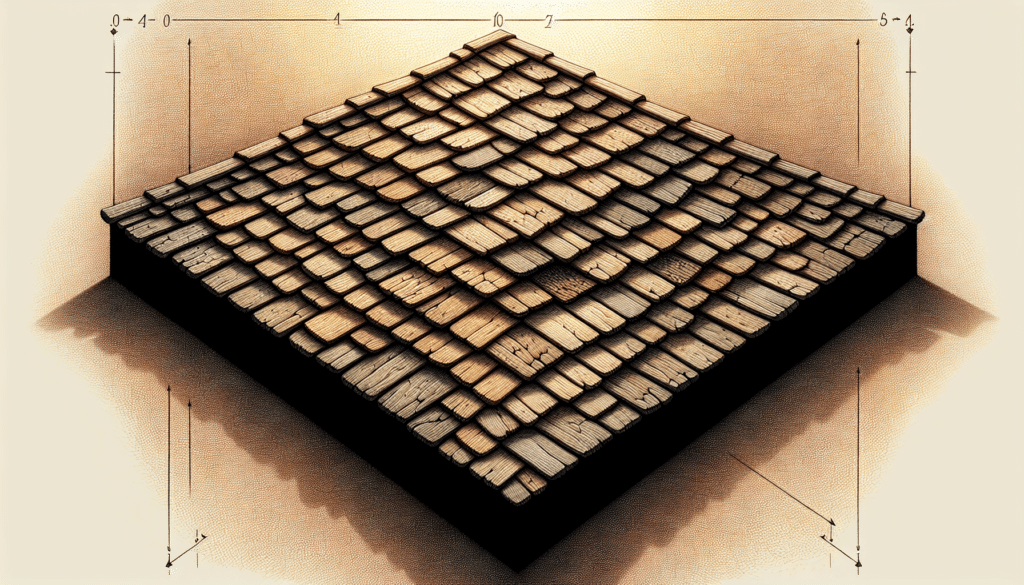
Let’s start with the basics. What exactly is a square of shingles? In roofing parlance, a ‘square’ of shingles refers to the quantity of material required to cover a hundred square feet of the roof area. The use of roofing squares allows for consistent calculations across projects of varying styles and complexities.
Definition of a Roofing Square
A roofing square is defined as 100 square feet of roof area. This concept plays a pivotal role in providing precise calculations and material estimates for roofing projects. With roofing squares, you can communicate your roof’s size in a standardized format, making it easier for you and your contractor to plan your project efficiently. Each roofing square equates to a universally recognized measurement equaling 100 square feet. So, when you hear a roofer say your roof is 20 squares, they mean your roof is 2,000 square feet. Pretty straightforward, isn’t it? Let’s proceed to discuss shingle coverage per square.
Shingle Coverage per Square
Knowing the area that a square of shingles can cover is essential for estimating your project’s shingle requirement. While a roofing square equates to 100 square feet of roof area, it doesn’t necessarily mean you’ll cover that area with 100 square feet of shingles. Why? The answer lies in a term called ‘headlap.’
Headlap refers to the overlap between rows of shingles that enhances water penetration resistance on roofs. Because of headlap, you might need more than 100 square feet of shingles to cover a roofing square.
Three bundles of shingles are typically used to cover one roofing square. This is a standard practice in the roofing industry. This amount should provide sufficient coverage for the entire area.
Calculating Roof Squares for Your Project
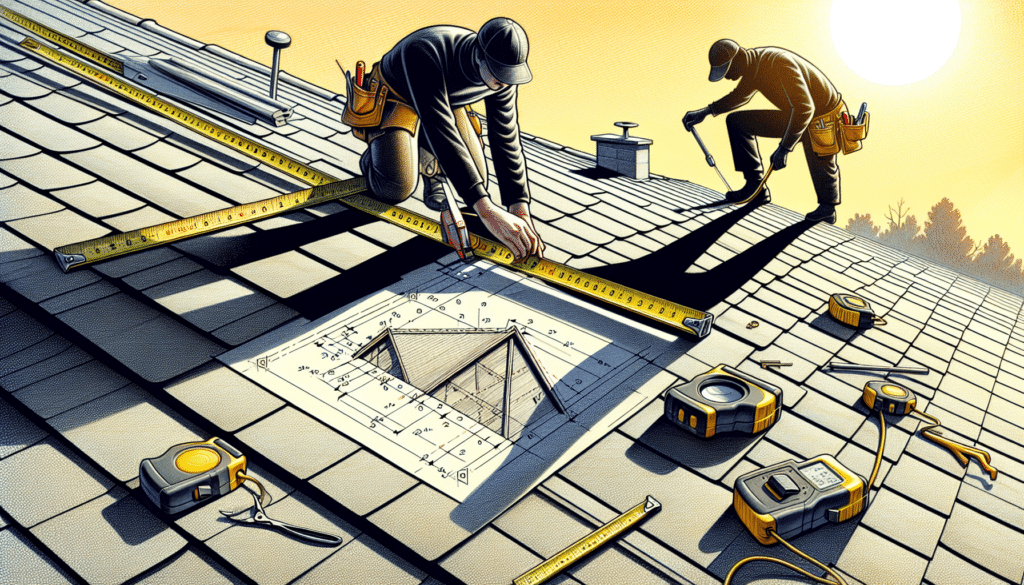
Now that you’re familiar with what a roofing square entails and the number of shingles needed to cover one, it’s time to compute the roof squares required for your project. This involves measuring your roof’s dimensions and factoring in its complexity. You have the option to compute these calculations manually or leverage an online converter for convenience. The total amount of shingles required for a roofing project is determined by measuring the roof’s surface area, making adjustments for roof pitch, taking into account the bundle quantities of the chosen shingles, and factoring in the potential for extra materials that might need to be used in case of error.
Measuring Roof Dimensions
Measuring your roof’s dimensions is the first step towards calculating the number of squares needed for your project. This involves calculating the length, width, and pitch of each roof plane. The square footage of a roof is determined by multiplying the length and width of each roof plane. For measurement accuracy, you can use aerial measurement reports, which offer about 95% accuracy in roofing material estimates and reduce the need for physical measurements.
Factoring in Roof Complexity
Your roof’s complexity can significantly affect the number of roofing squares needed for your project. Elements such as gables, dormers, or valleys require careful measurement to ensure accurate shingle coverage estimation. Complex roof shapes like mansard or gambrel generate more waste as shingles must be tailored for unique areas. Different roof steepness and complexity levels necessitate varying multipliers, such as 1.3 for a simple gable roof to 1.6 for one that is steep and intricate. Understanding this can help you better estimate the amount of material you’ll need.
Choosing the Right Shingle Type

Next, we’ll discuss various types of shingles. The choice of shingles for your roof influences its aesthetics, durability, as well as the quantity of material required. There are several types of shingles to choose from, including asphalt, architectural, and specialty shingles. Each of these types has distinct features and benefits that cater to specific needs and preferences.
The choice of shingle type also affects the number of bundles you’ll need. For example, standard shingle bundles typically cover 33 square feet, meaning three bundles are needed to cover a standard square. However, some specialty shingles may require more than three bundles to cover a square, potentially needing up to five bundles.
Asphalt Shingles
Asphalt shingles are a popular choice in the roofing industry. They provide a classic look and are designed to cover a square of roof area using exactly three bundles. Asphalt shingles are cost-effective, easy to install, and come in a variety of colors and styles. They are a great choice for homeowners looking for durability and affordability.
Architectural Shingles
Architectural shingles, also known as dimensional or laminated shingles, are another popular choice. They offer a multidimensional appearance due to varying sizes, commonly around 14 x 39 inches. Some benefits of architectural shingles include:
- More coverage per bundle, reducing the total number of roofing squares needed for your project.
- Enhanced durability and longevity compared to traditional three-tab shingles.
- Improved resistance to wind, hail, and other weather elements.
- Aesthetic appeal, with a variety of colors and styles available,
Consider architectural shingles for your roofing project to achieve both functionality and visual appeal.
Specialty Shingles
Specialty shingles cater to specific functional or aesthetic needs. They include heavy types such as IKO Armourshake, which may require up to five bundles to cover a square due to their unique coverage specifications. Specialty shingles are often more expensive than standard options but offer unique features. For example, solar shingles can generate electricity, while metal shingles are incredibly durable and resistant to harsh weather conditions. When opting for specialty shingles, accurate calculation of roofing squares is vital for precise material estimation for your project.
Estimating Material and Labor Costs
Once you have determined the number of roofing squares and selected the appropriate shingle type, estimating the cost of materials and labor is the subsequent step. The total expense hinges on several factors, such as your roof’s size, the chosen materials, and the roof’s complexity.
Material Costs
Material costs can vary significantly based on the type of shingles you choose for your project. For instance, asphalt 3-tab shingles cost between $80 to $130 per square, while premium materials like tile range from $300 to $2,500 per square. To estimate the total roof replacement costs, calculate the total roof area in squares and multiply by the cost per square foot of the chosen material.
It’s also important to include roofing underlayment in your calculation, as it’s generally required in the same quantity as the shingles. Remember, it’s better to overestimate your material needs slightly to account for any unexpected issues that may arise during the project.
Labor Costs
Labor costs for installing shingles can vary widely from $1.20 to $5.50 per square foot, with asphalt shingles averaging around $2.80 per square foot. Factors such as the roof’s complexity, slope, accessibility, and structural issues can significantly increase labor costs for shingle installation. Steep roof pitches and complex designs necessitate additional labor time and materials, as well as enhanced worker safety protocols, all contributing to higher installation costs. Therefore, it’s essential to get a detailed estimate from your contractor to understand how these factors might affect your project’s overall cost.
Tips for Ordering Roofing Materials

Ordering roofing materials may seem quite challenging. A common practice is to add an additional 15% of materials to the initial estimate to account for waste. It’s also advisable to keep a few extra shingles, especially if you have an unusual color or type that might be hard to match in the future. This will make it possible to perform repairs or replacement without having to redo the entire roof for lack of matching materials.
Overestimating for Waste and Repairs
When mapping out a roofing project, it’s important to consider waste materials generated during the installation process. A standard excess of 10%-15% in materials should be added to the initial calculation to mitigate waste, with consideration for increased waste on roofs that have complex designs. The roofing waste factor includes extra material needed for overlapping at valleys, hips, and for cutting shingles to fit around flashings, penetrations, and gable ends.
Storing Extra Shingles Properly
Upon procuring your extra shingles, it’s imperative to store them appropriately to preserve their quality. Leftover shingles should be kept out of direct sunlight to avoid deterioration of their quality. They should be stored in a cool, shaded space. When stacking shingles for storage, ensure they are laid flat and the weight of the upper pallets does not deform the shingles below. Proper storage ensures that your shingles remain in good condition for future use or or for any potential repairs.
Working with Roofing Contractors
Engaging with reputable roofing contractors is key to a successful roofing project. They provide an expertise in materials, installation, and ensuring long-term durability of the roof. Choosing a reputable roofer can lead to significant savings in time, money, and stress for the homeowner.
Professional roofing contractors offer the following benefits:
- Warranties that cover materials and workmanship, offering homeowners peace of mind by assuring the roof’s performance over its lifespan.
- Accurate free estimates on their overall pricing.
- Adequate workers’ compensation and liability insurance to safeguard against accidents during the project.
When choosing a roofing contractor, homeowners should ensure that these benefits are offered.
Finding a Qualified Contractor
Identifying a qualified contractor is an important aspect of any roofing project. Qualified roofing contractors should have proved experience, proper licensing, insurance, the ability and willingness to provide references, and be able to produce a written estimate. It’s advisable to get quotes from at least three different contractors to compare pricing and services offered. Inquiring about a roofing contractor’s experience and asking for references from past customers can help gauge their reliability and work quality.
Understanding Quotes and Warranties
A clear understanding of contractor quotes and warranties is crucial to prevent unforeseen costs or problems during the project. Here are some steps to follow:
- Ensure that the roofing contractor provides a detailed written estimate.
- Interview roofing contractors to assess their experience with various materials, their insurance and licensing status.
- Clarify the details of their warranties and estimates.
By following these steps, you can make sure you have all the necessary information before hiring a roofing contractor.
Select contractors who offer comprehensive warranties that cover both the roofing materials and the quality of installation workmanship. A typical roofing warranty may offer material defect coverage for around 25 years and a separate workmanship warranty to protect against installation errors. The term ‘lifetime’ in roofing warranties may not imply a lifetime guarantee, with some manufacturers’ terms lasting only 5 years or varying significantly.
Summary
Understanding squares of shingles and how to calculate them is crucial for a successful roofing project. It helps in ordering the right amount of materials, estimating costs, and planning the project efficiently. Whether you’re working with asphalt, architectural, or specialty shingles, remember to factor in roof complexity, store extra shingles properly, and work with reputable roofing contractors. With these tips in mind, you’re well on your way to a successful roofing project.
Frequently Asked Questions
What is a square of shingles?
A square of shingles is a unit of measurement for roofing materials that covers 100 square feet of roof area.
How many shingles are needed to cover a roofing square?
It is a common practice in roofing to use three bundles of shingles to cover one roofing square.
How can I calculate the number of roofing squares needed for my project?
To calculate the number of roofing squares needed for your project, measure your roof’s dimensions and factor in its complexity.
What factors affect the cost of a roofing project?
The cost of a roofing project is affected by factors such as the roof’s size, chosen materials, and complexity.
How can I find a reputable roofing contractor?
To find a reputable roofing contractor, look for experienced, licensed, and insured professionals with positive references and the ability to provide a written estimate. It’s advisable to get quotes from at least three different contractors to compare pricing and services offered.







































































